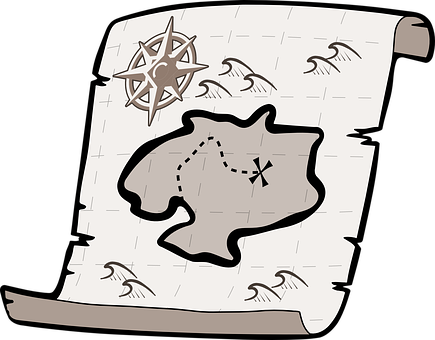Collecting Copies – Beware of Counterfeiters!
May 16th 2017

As mentioned in a previous article, there are a lot of copies, also called clones, on the market. Toy soldiers and trainsare two of the items counterfeiters are mass marketing.
Tips on spotting fakes were shared in the article, Authenticating Trains and Toy Soldiers. If you
want to be sure the collectibles you spend your money on are genuine, become an expert. Never be
afraid to call an expert in if you are looking at a rare and expensive item. It could be a fake.
Remember, if it's too good to be true, it probably is. A good example is Rolex clones. If you can
buy a $6,000 watch for $1,500, it's probably not a real $6,000 Rolex.
With these things in mind, there is surprising value in copies. What we're talking about here is not
clones or fakes masquerading as the real thing, but faithful replicas and even modern duplicates
made from the original dies. In other words, new versions of old stuff.
Again, be careful about fakes.
Are copies collectible?
Sometimes. Fakes are not collectible copies. Let's get that one out of the way immediately. In fact,
just owning a fake that you have bought by mistake can be illegal. While it's extremely unlikely
that you would ever be charged, the item could be seized without compensation by authorities.
Buyer beware!
However, there are companies that sometimes reissue an item, may years after it was originally
produced. They are made with the same tooling, including the dies or molds, as the originals. It
might be impossible to tell the difference between the original and the reissue. This is one reason
why I tell people to keep the package when buying a train or toy soldier. It might one day be the
only proof you can offer that you have an original run of the product.
There may be noticeable differences in the finish and materials used in a reissue that will make it
easier to notice the differences. Companies that realize and understand how important collecting is
to their customers quite often will do something to distinguish between the original and the reissue,
such as using different packaging, a slightly different paint color and so on.
Recasts and restrikes are virtually the same as reissues, with the only real difference often being the
ownership of the company.
This happens when a new company has bought the tooling and equipment from a company that is
no longer in business. The new company may have bought everything in a bankruptcy sale, or they
may be something that has suddenly come up for sale long after the company disappeared in an
estate sale or similar.
While these recasts, as they are called, are basically identical to the original, they are not made by
the original company. They can sometimes be a real challenge to spot. Some companies will add
their own trademark, while others will not. Check for different materials from the originals, such as
more modern plastics and paint. A reputable company will label them as recasts, while the
disreputable ones will not. It's important to know your collectible enough to spot the subtle
differences.
Some companies make reproductions of the originals on new tooling. Again, the reputable
company makes it clear that it is a copy, not an original. The item, a train, a toy soldier, a type of
doll, etc., is often made as a commemorative item. Furthermore, they are often easy for collectors
to spot, as they use new manufacturing methods, technologies, tools, materials and finishing
processes.
They will often put some kind of mark on the underside or elsewhere that is easy to find, so that
they are easy to identify as copies. This makes them easy to identify on their own, while protecting
the value of the original.
Remember that there are con men who will try to sell such reproductions as originals. Learn all
about the original, and you won't be fooled by a copy. Copies, even by counterfeiters, rarely score
as 100% identical.
All of these items, when manufactured and marketed honestly and openly, are themselves
collectible. In some rare cases, such a copy has actually become more valuable than the original.
The nice thing about honest replicas is that they can often be bought for less than the more rare
original, while looking as great as the original. Furthermore, they can become very desirable as
collectibles in the future.
Beware of counterfeits, the outright fakes that disreputable sellers try to pass off as originals. Be
aware that the most commonly counterfeited items are either very valuable or the ones that are
easiest to mass produce. Collectibles that are popular to fake because of the relatively low cost of
production of large runs are money (of course), stamps, coins, toy soldiers, trains, and of course,
Rolex watches.
Collecting copies can be fun and less expensive than collecting vintage originals, but again, be
careful. The best way to arm yourself is to educate yourself so that you know the original, 100%.
That way you will know exactly what you're buying, and can rest easy, knowing the collectibles you
have purchased are giving you your money's worth.


